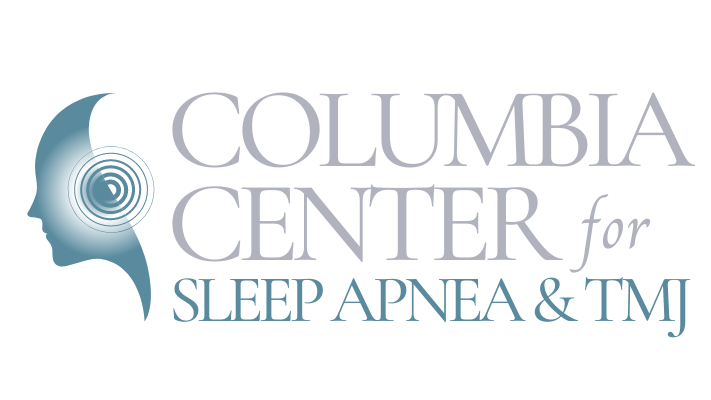DIAGNOSING MYOFASCIAL MUSCLE PAIN IN RICHLAND
A diagnosis of chronic myofascial pain means that myofascial trigger points are the primary source of pain symptoms. Unfortunately, myofascial pain can mimic a variety of other conditions. For example, myofascial pain symptoms may be incorrectly attributed to headaches, arthritis, temporomandibular joint disorder (TMJ), or fibromyalgia, among a number of other pain conditions. Likewise, a medical provider may mistakenly overlook a myofascial pain diagnosis if a patient is also suffering from another pain-causing condition such as those listed above. For these reasons and the fact that myofascial pain is a poorly understood disorder, chronic myofascial pain disorder can be a difficult condition to diagnose.
During a physical examination of a patient experiencing muscle pain, the doctor will typically ask a number of questions to help diagnose the underlying condition. Potential questions include:
- Does your job or hobbies require you to perform repetitive tasks?
- Have you recently been injured?
- What symptoms are present?
- What areas are experiencing the most pain?
- Do symptoms become worse during a certain time of day?
- Do symptoms become better or worse as a result of anything?
- How long have symptoms persisted?
- Are symptoms continuous or intermittent?
- Are any activities limited by symptoms?
A doctor can identify trigger points located along muscle fibers by physically examining a patient’s musculature via palpation, or touch. Palpation is the most common process of myofascial pain diagnosis.


